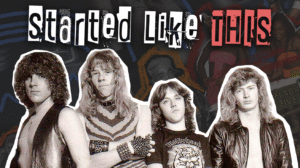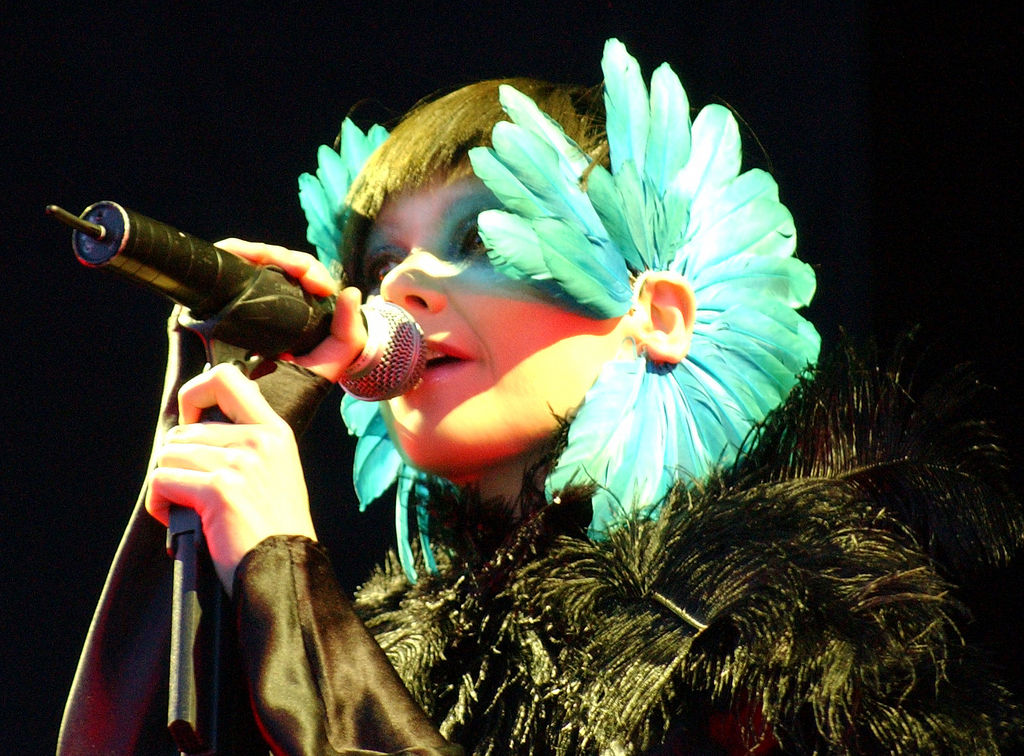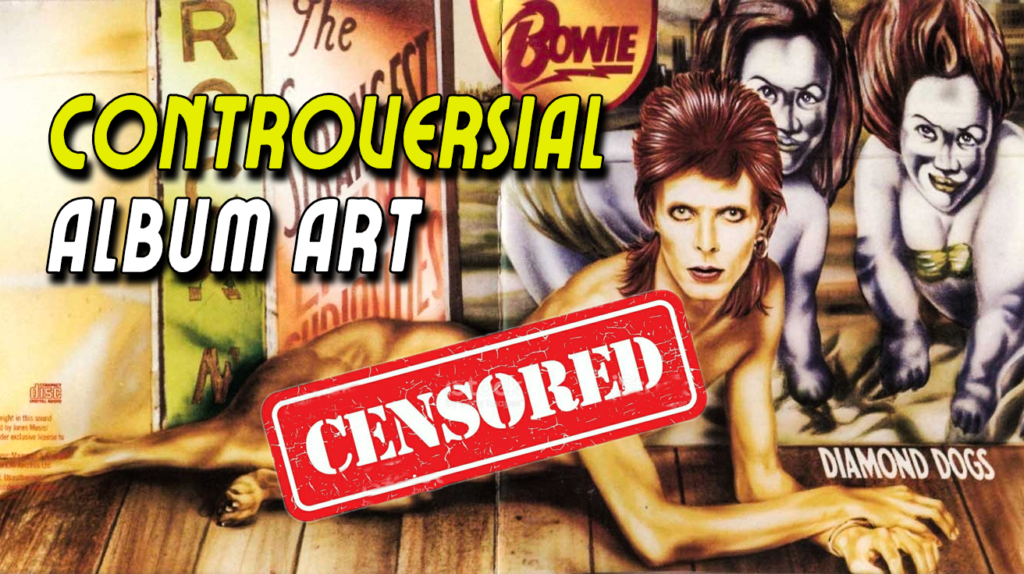
Album covers have always been a visual extension of the music they represent, offering artists a platform to challenge norms, provoke thought, and amplify their creative vision. For decades, musicians have used cover art to make bold statements, often igniting debates about censorship, societal standards, and artistic freedom. These controversies have left a lasting impression on music history, cementing the importance of album art as more than just packaging.
The following ten albums showcase instances where cover designs pushed boundaries, from provocative imagery to avant-garde concepts. While the reactions they received varied—from censorship and bans to collector’s fame—each example highlights the tension between artistic vision and societal expectations. These covers, whether censored or celebrated, remain integral to the legacy of the artists who created them, adding another layer to their music’s cultural impact.
10. Jimi Hendrix – Electric Ladyland
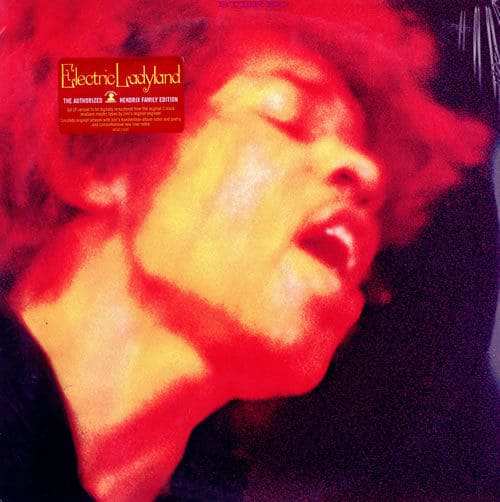
Jimi Hendrix released Electric Ladyland in 1968, featuring a controversial cover that displayed 19 topless women lounging together. The imagery faced strong criticism, leading to restrictions in the mid-1970s when many record dealers banned the album. Hendrix himself disliked the design, having envisioned a more lighthearted concept of the band photographed in Central Park. Despite these issues, the cover became a defining feature of the album’s release.
The original artwork came during a period of rapid cultural change in music, art, and societal norms. Hendrix’s groundbreaking music overshadowed the controversy, solidifying the album as a milestone in rock history. While the cover created debates at the time, the album’s legacy remains focused on its innovative production and Hendrix’s extraordinary artistry.
9. The Black Crowes – Amorica
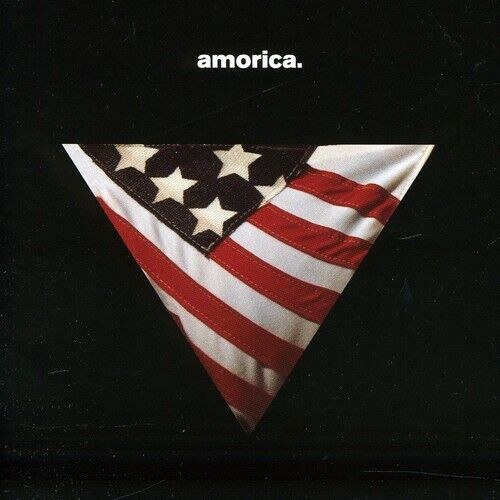
The Black Crowes released Amorica in 1994, choosing a cover that showed a close-up of a woman’s bikini bottom with an American flag design. Retailers objected to the provocative image, and many stores refused to stock it. To meet distribution demands, the band issued an alternative version with the image censored, focusing attention on the album’s music rather than the artwork.
The release coincided with a larger trend of artists testing boundaries in the 1990s. While the original cover generated significant attention, Amorica achieved success based on its blues-infused rock, showcasing The Black Crowes’ ability to balance creative expression with commercial realities.
8. David Bowie – Diamond Dogs

David Bowie’s Diamond Dogs album debuted in 1974 with artwork featuring Bowie as a half-human, half-dog hybrid. The detailed anatomy of the figure caused RCA Records to censor the image before wide release. However, uncensored copies entered the market, becoming valuable collectibles for Bowie fans.
The artwork aligned with Bowie’s theatrical persona and exploration of identity, creating a memorable visual companion to the album’s dystopian themes. The censorship controversy did little to detract from the success of Diamond Dogs, which further established Bowie as a boundary-pushing figure in music and art.
7. John Lennon & Yoko Ono – Two Virgins
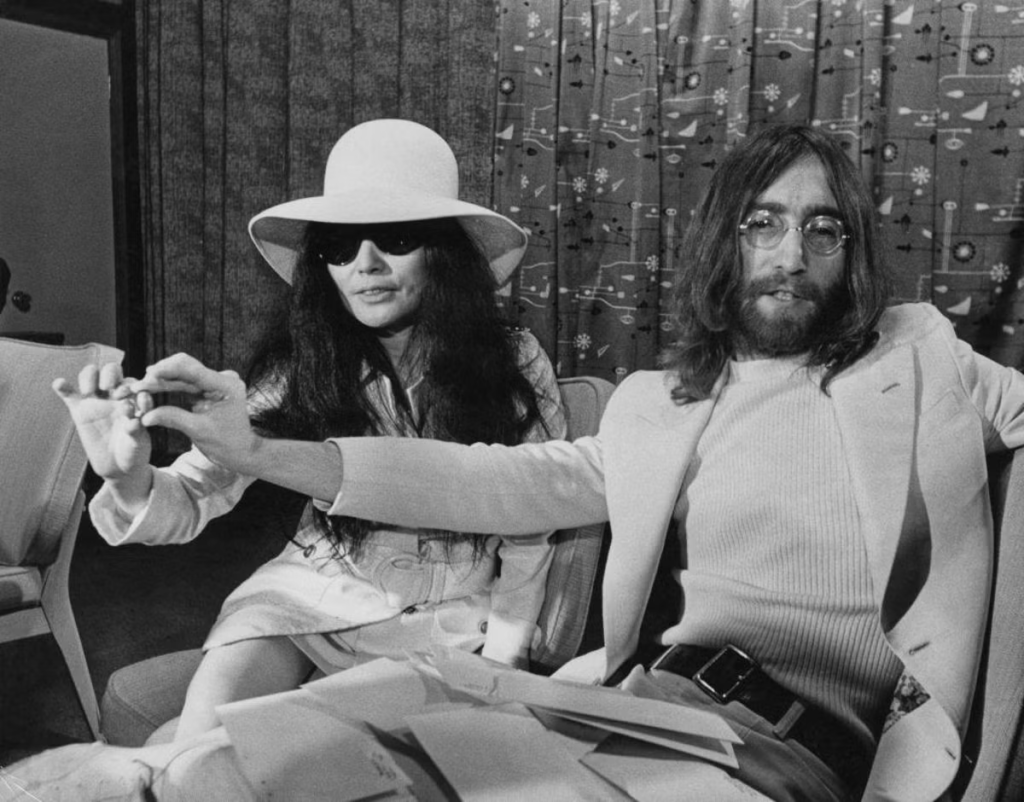
John Lennon and Yoko Ono released Two Virgins in 1968 with a cover showing both of them nude. Widespread outrage from retailers and distributors forced the album to be sold in a brown paper sleeve that covered the artwork. The couple’s decision to use the uncensored image reflected their commitment to personal and artistic transparency.
The album’s experimental content and bold visual presentation challenged the norms of the music industry at the time. While the music received mixed reviews, the cover made Two Virgins a landmark in Lennon and Ono’s partnership, demonstrating their unconventional approach to self-expression.
6. Roger Waters – The Pros and Cons of Hitchhiking
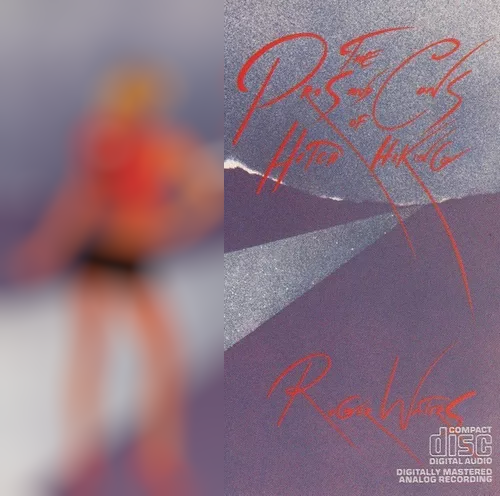
Roger Waters released The Pros and Cons of Hitchhiking in 1984 with a cover featuring a nude woman hitchhiking with a visible rear. Complaints from retailers led to a revised version where the nudity was obscured. The original design connected to the album’s themes of vulnerability and human experience, but its provocative nature limited its reach.
The revised artwork allowed broader distribution, though it muted the visual impact of Waters’ original vision. The album itself showcased Waters’ narrative storytelling and cemented his solo career after Pink Floyd, with the cover controversy becoming a footnote to its critical reception.
5. Jane’s Addiction – Ritual de lo Habitual
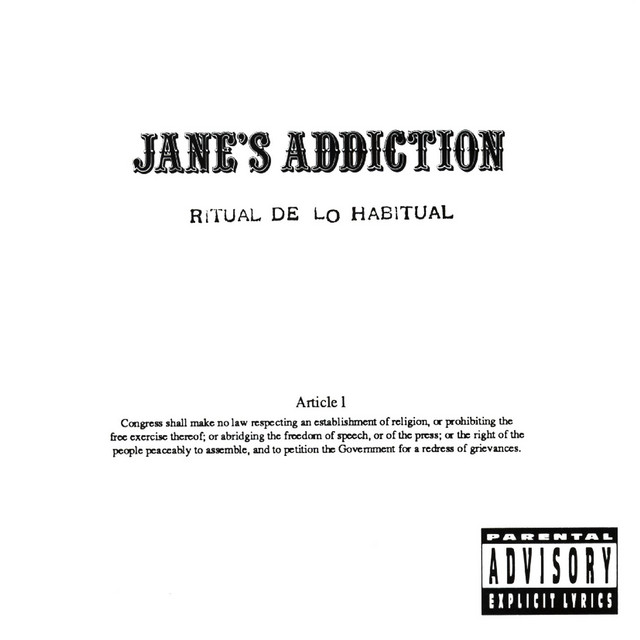
Jane’s Addiction released Ritual de lo Habitual in 1990, featuring a cover designed by lead singer Perry Farrell. The painting depicted nude figures in a personal and artistic tableau. Retailers pushed back against the image, leading to an alternative cover with a plain white design and text of the First Amendment. The band chose this response to emphasize the importance of free expression.
The alternative cover placed attention on the censorship issues surrounding the release, but the music remained the focal point for the album’s success. Ritual de lo Habitual became one of the defining records of the alternative rock era, with its controversy marking a key moment in the band’s history.
4. Mom’s Apple Pie – Mom’s Apple Pie
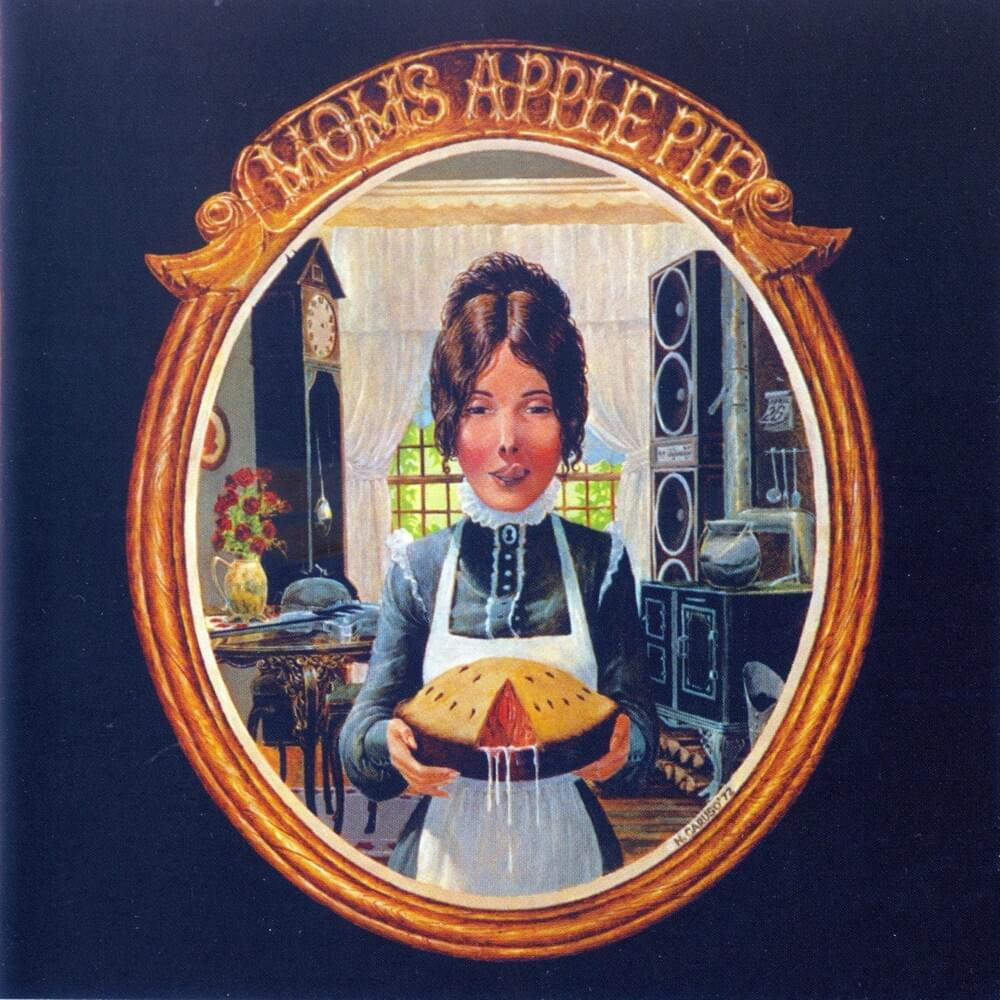
The 1972 debut album from Mom’s Apple Pie came with a cover that included subtle but suggestive visual details involving female anatomy. Retailers demanded a new version, resulting in a revised cover that downplayed the original’s implications. The controversy gave the band temporary notoriety, but their music struggled to gain lasting recognition.
The censored and uncensored covers remain collectible items, adding intrigue to the album’s legacy. Despite the controversy, the band’s work reflects the experimental and often provocative spirit of early 1970s rock.
3. Roxy Music – Country Life
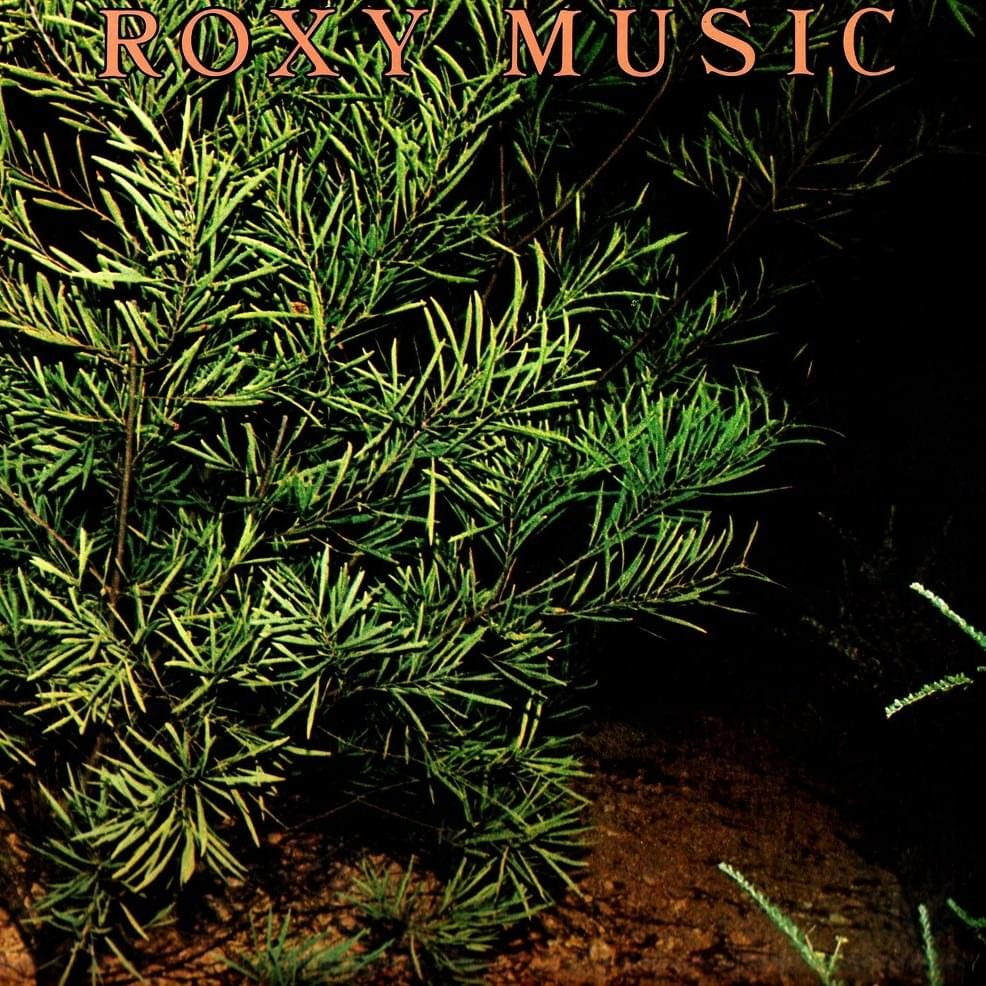
Roxy Music released Country Life in 1974 with a cover featuring two models in revealing poses. Retailers in some countries refused to stock the album, prompting the band to release a censored version with only foliage shown in place of the original models. This adjustment allowed wider distribution while keeping the focus on the music.
The original design matched Roxy Music’s avant-garde image and complemented the album’s themes. While the censored cover served its purpose, the uncensored version continues to resonate with fans as part of the band’s iconic visual and musical legacy.
2. Pantera – Far Beyond Driven

Pantera’s 1994 album Far Beyond Driven originally featured a graphic image of a drill impaling a human body. Retailers rejected the design, forcing the band to issue a revised cover that toned down the imagery. This decision allowed the album to reach a broader audience without compromising its aggressive musical identity.
The cover controversy added to Pantera’s reputation for challenging norms, but the album’s success rested on its intense, uncompromising sound. Far Beyond Driven became a defining release in the heavy metal genre, with the artwork remaining a point of discussion among fans.
1. Great White – Hooked

Great White’s 1991 album Hooked featured a cover showing a nude woman on a fishhook being pulled from the sea. Retailers demanded changes, leading to a toned-down version that replaced the original artwork. The adjustment ensured the album reached mainstream audiences but diluted the impact of the original design.
The controversy surrounding the cover underscored the balancing act between creative vision and market acceptance. Despite the changes, Hooked succeeded as part of Great White’s catalog, with fans continuing to debate the merits of its visual presentation.






